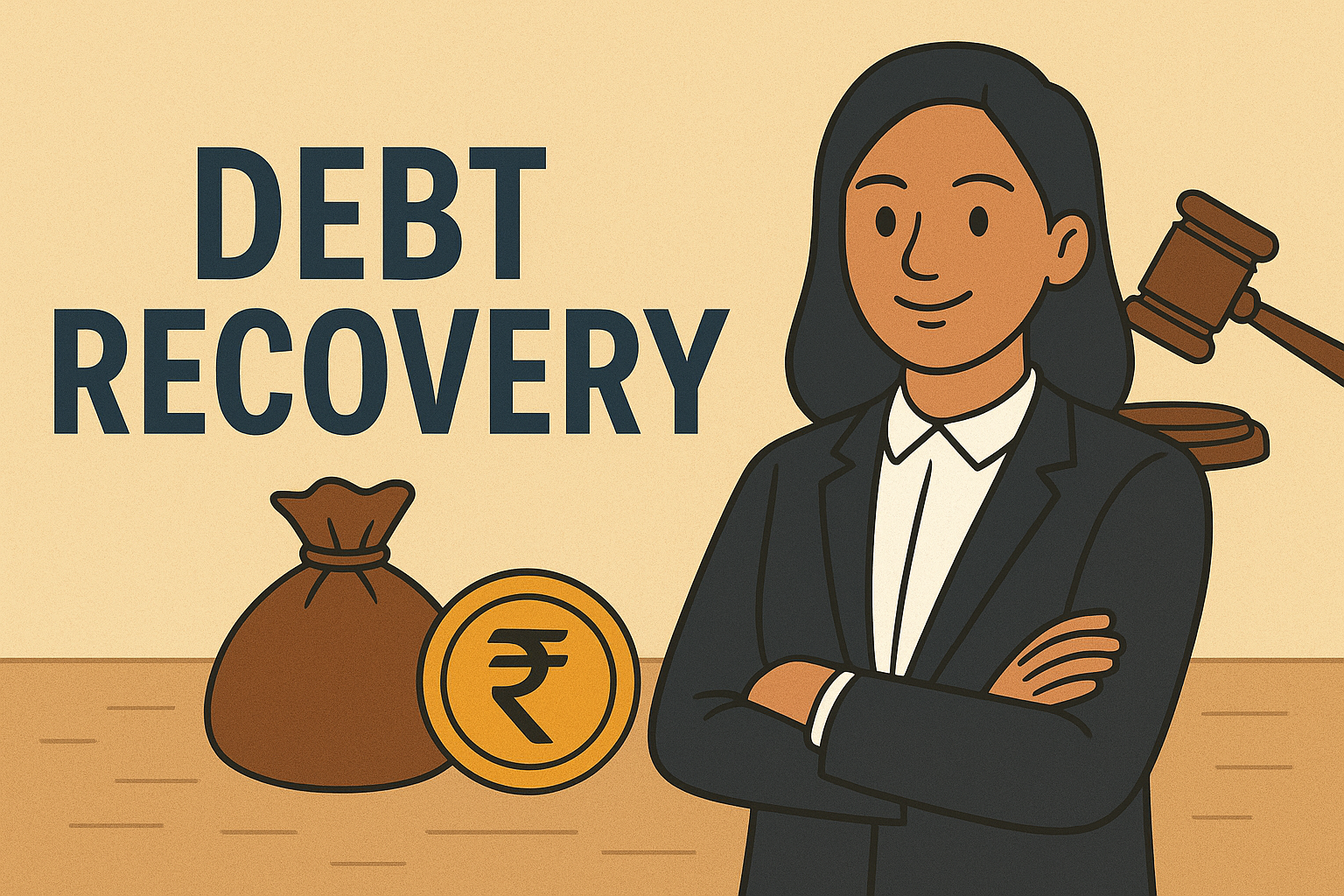
Top 3 Landmark Supreme Court Judgments under the Insolvency and Bankruptcy Code (IBC)
The Insolvency and Bankruptcy Code, 2016 (IBC) has brought a major transformation in India’s corporate and financial ecosystem. Over the years, the Hon’ble Supreme Court of India has interpreted and strengthened the IBC framework through several landmark judgments. Below are the three most important and frequently cited Supreme Court decisions that shaped insolvency law in India.
1️⃣ Innoventive Industries Ltd. v. ICICI Bank & Anr.
(2018) 1 SCC 407
This was the first major IBC judgment by the Supreme Court. The Court held that once a default is established by the financial creditor under Section 7 of the IBC, the NCLT must admit the insolvency application. There is no scope for further investigation into the “reason” or “motive” behind default.
Key Takeaways:
- Established the “default test” as the main criterion for insolvency admission.
- Confirmed that IBC overrides state recovery laws through its non-obstante clause.
- Marked the true beginning of India’s modern insolvency regime.
2️⃣ Swiss Ribbons Pvt. Ltd. v. Union of India
(2019) 4 SCC 17
This case upheld the constitutional validity of the IBC and clarified the distinction between Financial and Operational Creditors. The Court recognized the commercial wisdom of financial creditors and emphasized that the IBC’s objective is not recovery but revival and resolution.
Key Takeaways:
- Confirmed the constitutional soundness of IBC.
- Upheld the superior role of Financial Creditors in decision-making.
- Emphasized the Code’s focus on rescuing viable businesses.
3️⃣ Essar Steel India Ltd. v. Satish Kumar Gupta
(2020) 8 SCC 531
In this judgment, the Supreme Court held that the commercial wisdom of the Committee of Creditors (CoC) is final and binding. NCLT and NCLAT cannot interfere with CoC decisions except on limited grounds under Section 30(2).
Key Takeaways:
- Recognized CoC’s autonomy in approving resolution plans.
- Restricted judicial intervention in commercial decisions.
- Clarified distribution priorities under Section 53 of IBC.
📘 Summary Table
| Case | Citation | Key Principle |
|---|---|---|
| Innoventive Industries Ltd. v. ICICI Bank | (2018) 1 SCC 407 | Default test; mandatory admission under Section 7 |
| Swiss Ribbons Pvt. Ltd. v. Union of India | (2019) 4 SCC 17 | Constitutional validity; creditor classification |
| Essar Steel India Ltd. v. Satish Kumar Gupta | (2020) 8 SCC 531 | CoC’s commercial wisdom is final |
Conclusion
These three judgments form the bedrock of IBC jurisprudence in India. They ensure clarity, protect creditor rights, and uphold the Code’s purpose — timely resolution and revival of corporate entities. Every insolvency professional, advocate, and creditor must be familiar with these precedents before approaching the NCLT.
Disclaimer: This blog post is intended for educational purposes only. It does not constitute legal advice. For case-specific guidance, consult a qualified insolvency lawyer or professional.
Tags: IBC Case Laws, Supreme Court, Insolvency and Bankruptcy Code, NCLT, Financial Creditor, Corporate Debtor, Committee of Creditors


